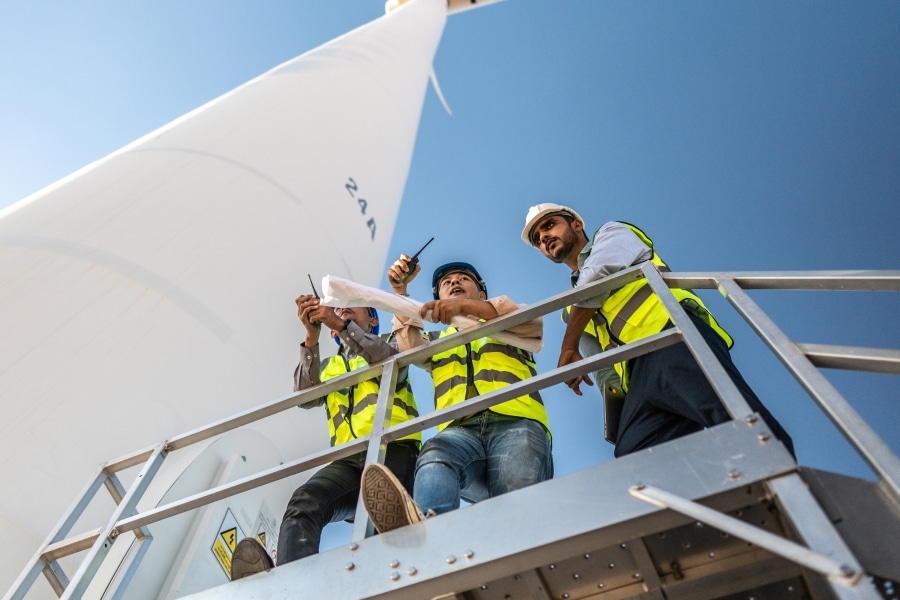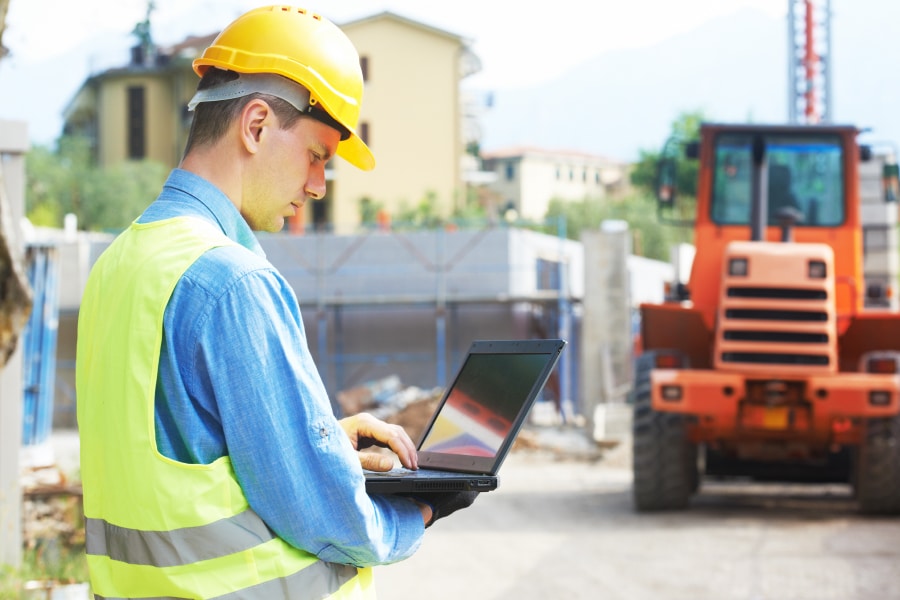In 2020, fine line fissures cracked across industries throughout Australia as the COVID-19 pandemic began to take hold. In 2021, those cracks sunk into ravines as the pandemic exposed holes in how we work across the nation. Suddenly, the office was off-limits, and our homes became our workplaces, possibly with many weeks of disruption while the change took place.
For the construction industry, boots on the ground are critical in helping to rebuild the foundation of the national economy, and many aspects of construction require an onsite presence.
Even so, a range of roles, like marketing, administration, operations, planning and approvals, and human resources, can be delivered remotely.
While these are the most obvious, aspects of many others can also be completed remotely.
The lessons are clear — workforce agility and innovation are critical to building businesses that stand the test of time. Embracing remote working is one innovation that can be implemented to provide minimal additional disruption. But what do you need to make it all come together?
Four essentials of remote working in the construction industry include:
- Technology and tools
- Strong policy and supporting frameworks
- Organisational structuring and planning
- Onsite reconfiguration
Technology and tools to support remote work
A little more than two decades ago, desktop computers, phones and hard copy documents meant our work was in the onsite office. Since the early 2000s, the rate of change has been exponential, with mobility at the heart of our technology.
Mobile phones, laptops and cloud-based software aren’t simply about bringing work into our homes – they carry the power to help us build a flexible offering that improves staff productivity, retention, motivation and loyalty.
A strategic approach to acquiring and using technology protects your people and your business when increasing mobility in your workforce. Due to the dependence on technology and information sharing, increased mobility and the freedom to work from anywhere are not without risks.
Cloud-based software, email and other collaboration tools are a gateway to cyber security threats and need to have robust protections in place to keep your information and networks secure. The Australian Cyber Security Centre offers guides, information and tools to support your data safety.
Workforce mobility does present collaboration and communication challenges. However, with the right technologies in place, your construction workforce can be more effective than ever before.
Bluebeam Revu offers a centralised hub for your team to create, edit and share documents in real time, ensuring streamlined project delivery.
Example – Bluebeam Revu in action
Since 2013, Cottee Parker has been the lead architecture and design firm for one of Australia’s most-ambitious construction projects: Queen’s Wharf Brisbane, a $4 billion mixed-use development that will feature 12 football fields’ worth of public space, 2,000 apartments, 1,000 premium hotel rooms, 50 restaurants, retail space, a 1,000-person ballroom and a casino.
Cottee Parker’s transition to Bluebeam Revu has enabled it to digitise thousands of project documents, streamlining and improving the firm’s QA process.
Additionally, its use of Studio Projects and Sessions means that the 50 team members working on Queen’s Wharf can simultaneously update documents from different locations in real time. As many as 5,000 documents per month are now digital across the 50 team members, resulting in a substantial cost saving.
Remote work policies to support your team
The key feature of workplaces into the future is diversity — of age, gender, experience, location and cultural connections. Diversity helps your business grow through varied experiences and perspectives, plan for the future and stabilise your workforce in a competitive employment environment.
Now is the time to consider the workforce you have and plan to build an agile and responsive team to manage emergent business requirements. Are your job roles and responsibilities aligned with your operational needs, or is it time to consider how to better frame key positions within the organisation to “get stuff done”? Is performance tied to the right measures — is your business watching the clock, or is it outcomes-focused?
Successful workplace flexibility – recognising the varied preferences of your people and the requirements of your roles – begins with good planning.
There are plenty of tools to help your business get started. The Australian government’s Workplace Gender Equality Agency is an excellent starting point. It offers detailed advice and information for employers and managers around leadership, building culture, resource planning and the legal requirements for managing your workforce into the future. WGEA has revealed that four in five organisations across Australia now have workplace policies supporting diversity.
Review your office setup and requirements to support remote work arrangements
Open space and flexibility are the keywords for offices of the future. As your onsite workforce evolves, office space will need to be reconfigured to match team requirements while allowing for increased hygiene and physical distancing.
Hygiene standards have returned in force since the beginning of the pandemic, and it’s doubtful this will change anytime soon. Not only are we getting better at ensuring cleaner and more germ-free surfaces, but the cues are also there to create spaces with fewer walls, doors and handles, and wide-open spaces that improve airflow.
In any remote or hybrid workforce, office days are often for collaboration. These are opportune times to workshop, meet with clients and tie together outstanding workpieces that may require face-to-face interaction.
Shared meeting and breakout spaces with plenty of light and ventilation provide the opportunity for safer collaboration and mitigate the need for shoulder-to-shoulder closed meeting room arrangements.
When planning your office space, you might want to consider:
- Meeting rooms — do you need as many, or are they still suited to new ways of working?
- Are there any restrictions on the number of people allowed in your space?
- Is there appropriate cleaning and sanitisation equipment available and easily accessible?
- How are communal areas such as kitchens, breakrooms and breakout spaces managed?
- Start and finish times, rosters for who is in the office and when.
Ensure your team has everything they need to work from home
There are several practical considerations that will make up your remote working checklist. Workplace Health and Safety laws apply even if staff members deliver their tasks in a home office or on their kitchen table.
Safe Work Australia offers a range of tools and checklists for your business to use to ensure you comply with WHS requirements — from workstation set up to identifying and managing hazards and risks.
Alongside the physical arrangements, set in place supporting activities to maintain accountability and motivation, such as daily phone or video check-ins, collaborating on joint work packages that build connectivity and ensuring your business creates culture through recognising outstanding effort and success.
Before your business is hit by another pandemic-like operational showstopper, step back and plan for the future.
Consider where and when flexibility can be used and which roles and people are best placed to deliver and set the standards for the new arrangements successfully. Bolster your success through tools and technologies that protect your data, enhance collaboration and ensure your onsite team has a safer environment to safeguard business continuity.
Make no mistake, your construction business not only competes for contracts, but it also competes for staff. Building a company with a foundation of diversity will hone your competitive edge in securing your most important resource — your people.












